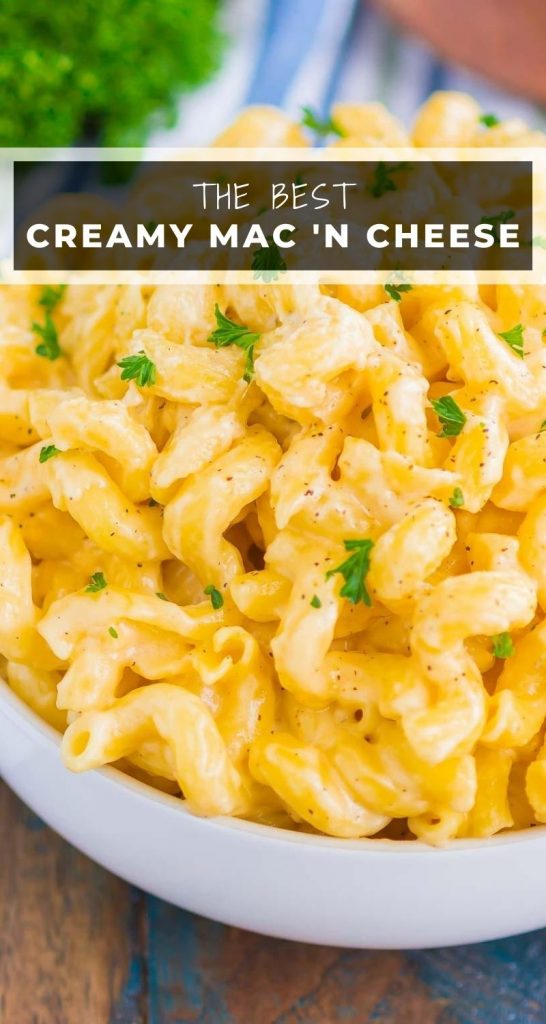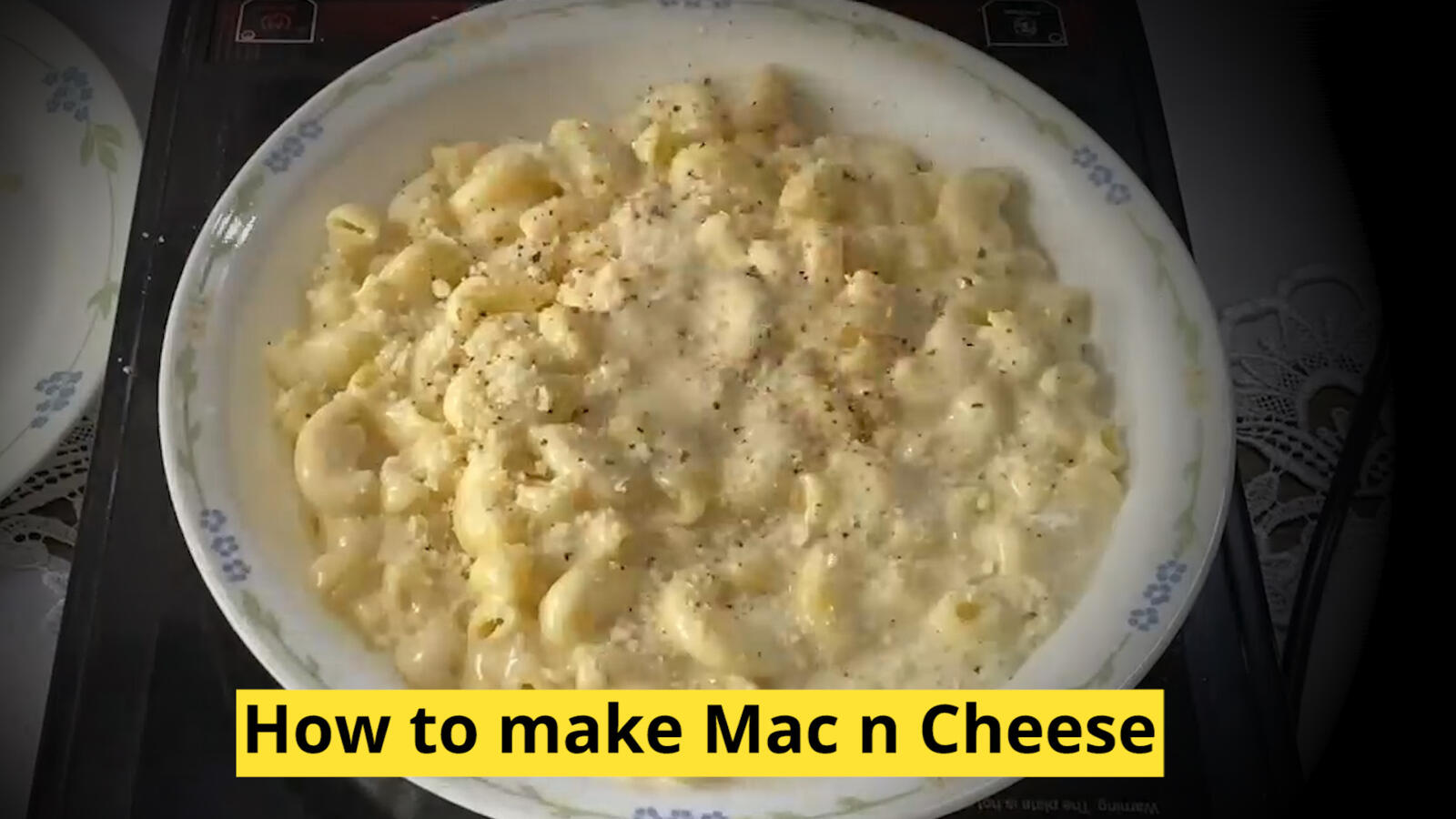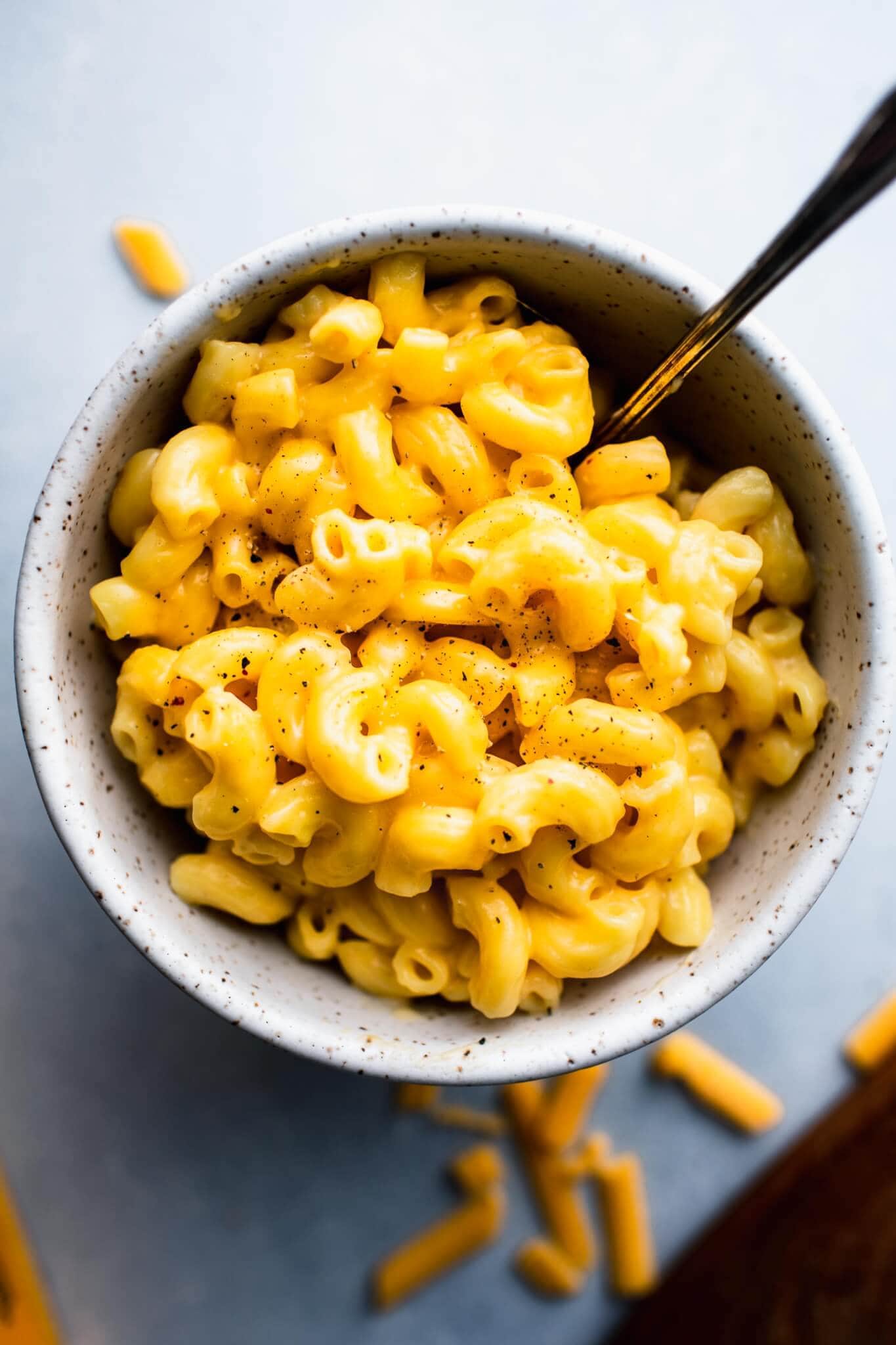

was built in 1851, making cheddar one of the first foods affected by the Industrial Revolution. Many generations of cheesemakers have tossed countless bad batches, which meant feeding a lot of precious protein to their farm animals instead of their families. Cheese is vulnerable to mold, rot, and maggots, not to mention pitfalls like excess salt. Cheesemakers weren’t always successful at this. Many of us today think of cheese in the context of tradition, flavor, or saving family farms, but a basic goal-whether a producer is making farm-made cheddar or concocting the cheeseless dairy product Velveeta-has always been getting as much edible food from a gallon of milk as possible. Cheesemaking, which began 10,000 years ago, was originally about survival for a farm family or community: taking a very perishable protein (milk) and transforming it into something less perishable (cheese) so that there would be something to eat at a later date. At times, cheese itself has shared a similar trajectory. To understand the evolution of macaroni and cheese is to realize that pursuit of the “cheapest protein possible” has been a longstanding quest of the American food system. Was it a hoax? A working-class prank against elitism in food? Was this contest somehow rigged by Kraft? In the end it turned out to just be a financial decision by the chef: In great American tradition, he bought the cheapest protein possible.
RECIPE VIDEO FOR MAC & CHEZ HOW TO
When he arrived at the winner’s circle, he made a stunning announcement: His main ingredient was Velveeta.Īmazement! Shock! Betrayal! The audience clutched their ironic canned beer but didn’t quite know how to react. The audience, however, chose another contestant. We awarded the win to a chef who made mac and cheese with an aged Vermont cheddar.

The judges included a food writer, an award-winning grilled-cheese-maker, and me, a cheesemonger. The competitors were mostly chefs, and the audience-the online tickets sold out in minutes-was soaking up the chance to be at a “Top Chef” kind of event, but more urban and cool.

Cook the ribs according to the instructions and add the mac n’ cheese to the grate 45 minutes prior to the ribs being done.Īfter 35 minutes, sprinkle bacon bits evenly on top of the macaroni.Ĭook for an additional 10 minutes, or until the cheese is golden brown.Kraft advertisement in the Ladies’ Home Journal, 1948īeing a judge at a macaroni and cheese competition in San Francisco taught me a lot about American food. Note : If you own a Hinged Grill Grate, Pit Barrel® Mac ‘n Cheese is a perfect side dish for pork or beef ribs. Place the filled dish on the custom grill grate in the Pit Barrel® and secure the lid. Pour the mixture into a baking dish, top with more cheese if desired and season with salt and pepper to taste. Whisk the egg and milk in a large bowl, add the melted butter and cheese to the mixture and stir until the cheese has melted and the sauce is smooth.Īdd the macaroni to the cheese sauce and gently stir until the pasta is evenly coated. Light your Pit Barrel® according to the instructions.īoil the macaroni according to the package directions until slightly soft but not fully cooked, about 7 minutes.


 0 kommentar(er)
0 kommentar(er)
